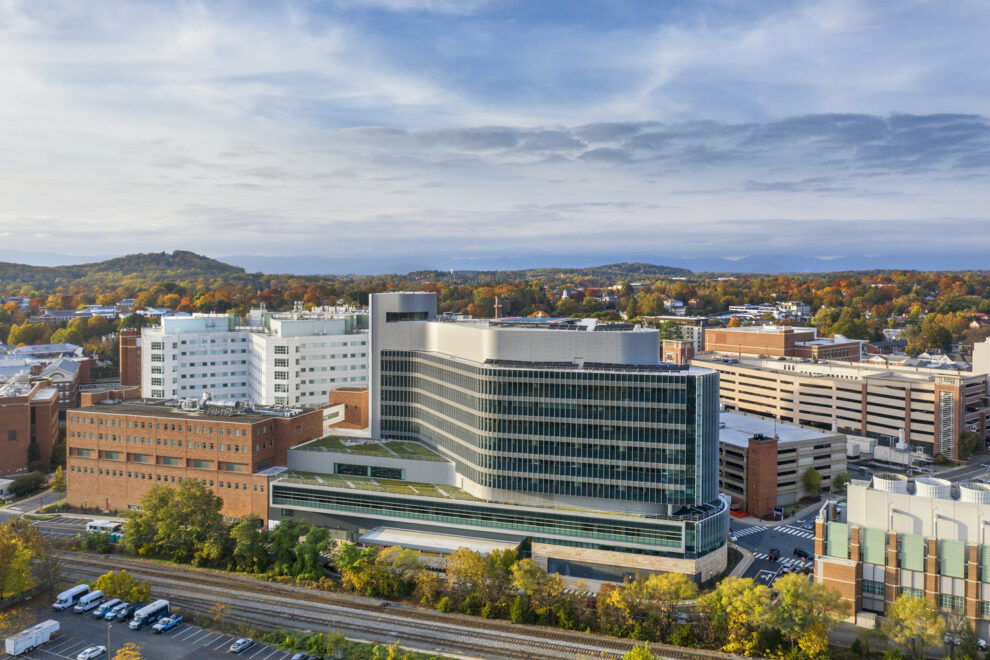The announcement of the establishment of a new university campus is one of celebration, marking economic opportunities and urban growth. The United States is home to over 700 college towns that have witnessed prosperity through the inauguration of educational institutions like the University of Colorado’s Boulder, and Chapel Hill, home to the University of North Carolina. With this development, gentrification has unfortunately become a contentious issue in college towns across the country. While the transformation of these towns brings economic expansion and cultural vibrancy, it often comes at the cost of displacing long-time residents, erasing historic character, and altering the essence of these towns. American college towns offer a unique perspective on how cities can strike a balance between progress and preservation.
The unique allure of college towns with their economic strength and cultural amenities, draw a wide variety of immigrants – from millennials to retirees. The essence of an American college town extends beyond the boundaries of the campus, weaving itself into the very fabric of the community. These districts often feature historic architecture, a vibrant cultural scene, and a sense of tight-knit community. The appeal of college towns has invited interest from developers and investors seeking to capitalize on academic institutions’ economic influence in their surroundings, thereby leading to gentrification in these towns.

A typical pattern is observed in the gentrification of college towns, beginning with an influx of students and faculty who create a demand for housing and services. Developers soon begin to capitalize on the growing demand, often targeting historic neighborhoods and downtown areas that are well connected to the campus. What results is a redevelopment of major regions of the town with the construction of modern housing complexes, retail zones, and amenities to cater to the new and more affluent residents. In Newark, the presence of the University of Delaware has influenced a change in the built environment to accommodate the needs of its growing student population. The campus dominates the town’s landscape where plenty of off-campus housing developments and student-centric businesses have cropped up. As a result, many long-standing communities have been driven out of neighborhoods they have generationally occupied.
Many college towns in the United States boast a rich history and deeply rooted communities. Gentrification significantly impacts these storied cultural landscapes with the alternation of important buildings. As developers seek to maximize profits and institutions require expansion, historic structures are often heavily renovated or even torn down to meet modern standards. The Prentice Women’s Hospital and Maternity Center in Chicago, Illinois, designed in 1971 by architect Bertrand Goldberg, faced such a fate with its demolition completed in 2014. Despite attempts to retain the building, the one-of-its-kind Brutalist structure was replaced with a modernized medical research facility to accommodate Northwestern University’s needs for additional infrastructure.

Architects and urban planners face the challenge of striking a balance between preserving the past and accommodating the needs of a growing town. Ann Arbor, home to the University of Michigan, has embraced adaptive reuse in its development strategy, with numerous historic buildings repurposed into modern apartments and commercial spaces. The town’s ubiquitous gas stations have been modified to host restaurants, art studios, and in one case, a hair salon. This approach has allowed for growth while maintaining the town’s historical character.
Gentrification in college towns exacerbates the affordable housing crisis. As developers invest in upscale housing and amenities, rents and property values rise significantly. This places a heavy burden on long-time residents who may be priced out of their own neighborhoods. Efforts to mitigate this issue include the development of affordable housing units and the implementation of rent control policies. These solutions, however, often face opposition from developers and some community members who argue that they stifle economic growth. The college town Gainesville, home of the University of Florida, is currently debating on doing away with exclusionary zoning to help increase the supply of much-needed affordable housing in the city.


Real estate firms and developers, often in collaboration with town authorities, tend to prioritize profit-driven development at the expense of the region’s communities. Gentrification can lead to the homogenization of neighborhoods as they become increasingly unaffordable to long-time residents. Recognizing these effects is crucial for college towns to navigate the path of sustainable and equitable progress.
The line between revitalization and gentrification in college towns can be thin. Revitalization efforts offer a holistic approach to breathing new life into neighborhoods by preserving their existing character and supporting long-time residents. This involves targeted investments in infrastructure, services, and cultural initiatives, to enhance the quality of life for residents without causing displacement. Universities often seek to invest in revitalization projects and innovation districts, often to support their own larger learning environment. For example, The University of Pennsylvania in Philadelphia has made many investments in the city’s land and buildings. In conjunction with efforts by municipalities, the university has contributed to public education, commercial development, and employee housing.

A balance between progress and preservation requires careful planning, community engagement, and a commitment to maintaining the unique character of these towns. University leaders must rethink their institutions’ relationship with place, being more purposeful both in the locations of their research assets and their impact on local communities. By embracing revitalization over gentrification, college towns can ensure that their growth benefits everyone, from students and newcomers to the residents who have called these towns home for generations.
Source : Arch Daily










